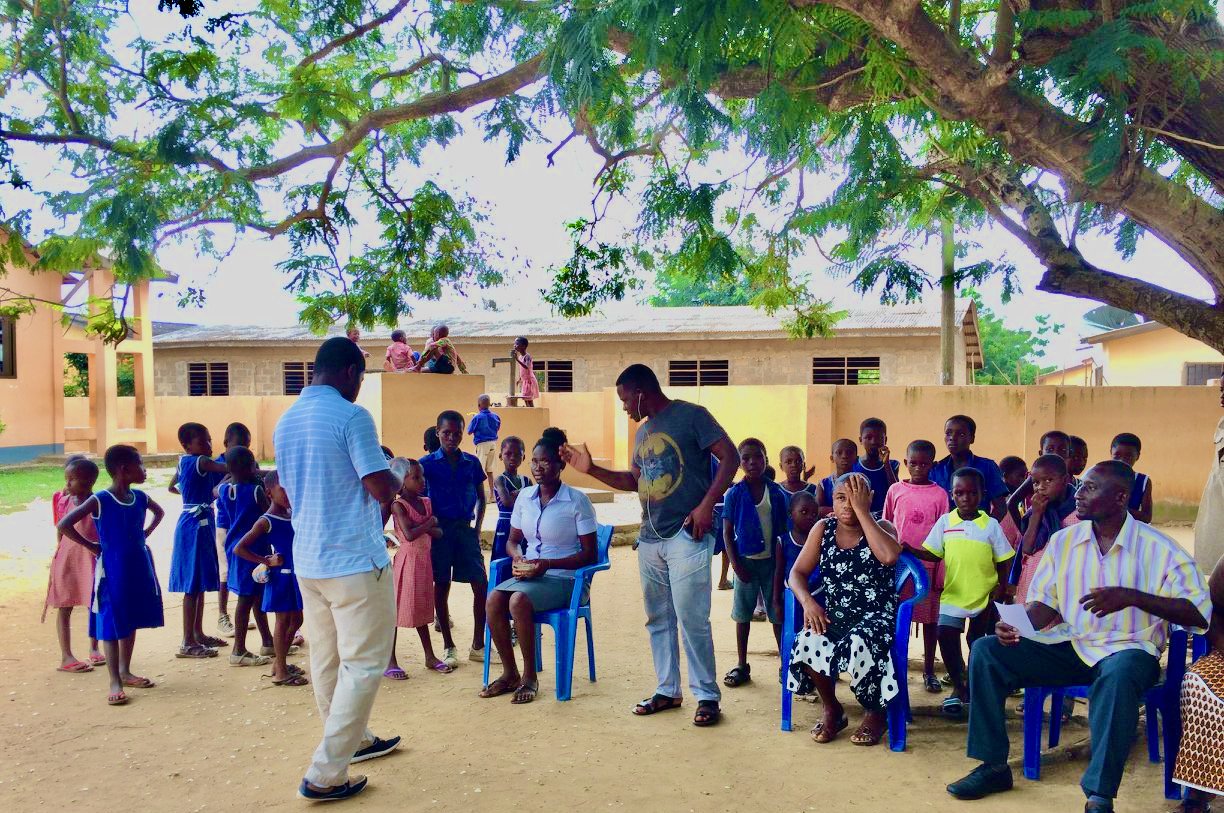
CERTIFICATE IN PUBLIC HEALTH MANAGEMENT
Module 5: Setting Targets
Setting Goals
The choice of what to measure ("indicator") is perhaps the most important in the development field since it implicitly defines the priorities of the intervention. Global health indicators can be defined as those measuring health situations such as illness, mortality, and use of programs, in addition to tracking indirect results such as social progress, poverty levels, and education. These indicators assess the morbidity and mortality for any given nation. In developing countries, it is crucial to include data from a variety of assessments and surveys when addressing the health status, since data collection of healthcare institutions alone can include a biased sample that is not representative of the population as a whole. When selecting a global health indicator, it is important to make sure that it is well-defined and easily applied internationally, reliable and valid, feasible, and provides information that will assist in making important local, national, and international decisions. (1) The GHO (Global Health Observatory) is one example of a global health monitoring system. This system offers essential data and analyses, as well access to the full database ithat includes information from all of the WHO programs.(2)
The goals of NGOs are often multi-dimensional, including a wide variety of social and development goals. These goals are also diverse, and they sometimes include a focus on the poorest, a specific gender, a rural population, youth, and so on. Within these aspects, it can be difficult to identify and maintain clear priorities, and many organizations end up juggling multiple priorities, in order to satisfy as many of the stakeholders and donors as possible.
Setting Targets
Design thinking is an alternative framework for setting targets, a key part of social entrepreneurship. Design thinking is essentially comprised of three overlapping spaces, which are inspiration, ideation, and implementation. Inspiration is the problem that motivates the search for solutions. Ideation is the process of generating, developing, and testing ideas, while implementation is the action that brings the project into people’s lives.(3)
The Rainer Arnhold Fellows Program has a similar idea of designing lasting impacts. Their design process consists of three phases: setting up for the impact model, developing the impact model, and delivering the impact model. This program stresses the importance of behavior, and recognizes that thinking about the interplay between behavior, finances, and organization throughout the design process can influence and change their method of approach. Since a sustained change in behavior is the ultimate goal, it is fundamental to continue to reflect throughout the process and to ensure that the change is long term.(4)
Conclusion
In conclusion, “indicators” play a key role in all stages of the process of setting targets and reaching goals. Global health indicators can be used in the initial phases of defining the problem, and performance indicators are used a means to monitor the progress towards the target along the way. As discussed in the Evaluation Approaches module, different organizations have different methods of monitoring the impacts of their interventions throughout the progression. Upon reaching an ultimate target, it is important that the behaviors are long lasting and sustainable on a local level.
Footnotes
(1) Larson, C. and Mercer, A., “Global Health Indicators: An Overview” (2004). Canadian Medical Association, 12(10): 1199-1200.
(2) World Health Organization, “Global Health Observatory” (2010). https://www.who.int/gho/about/en/.
(3) Unite For Sight, “Design Thinking” https://www.uniteforsight.org/global-health-university/design-thinking.
(4) Starr, K. “Designing for lasting impact that goes to scale,” Rainer Fellows Program (2010). https://mulagofoundation.org/assets/pdf/DIF-Latest_8_31_2015.pdf.
